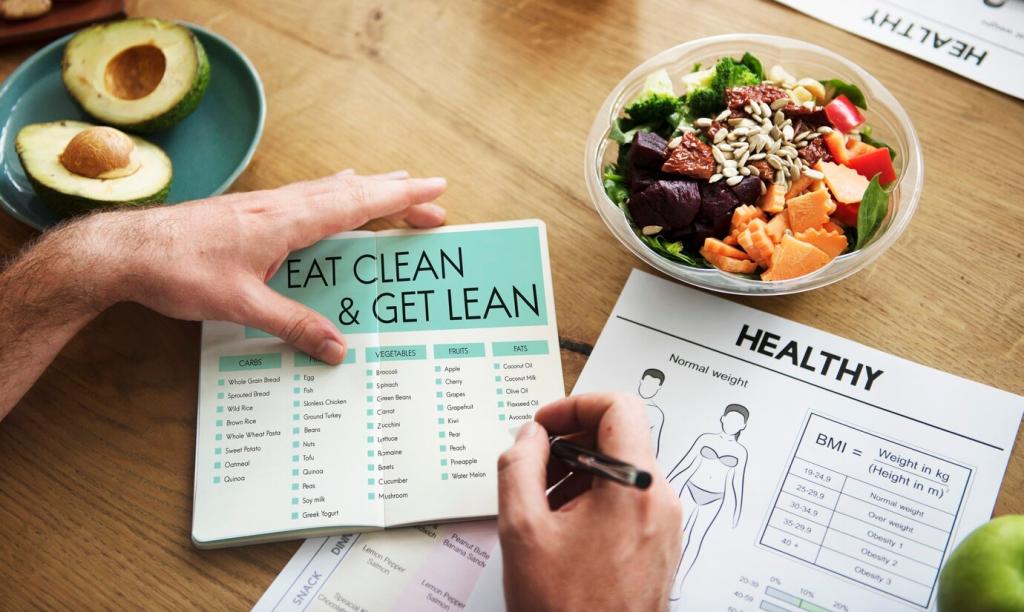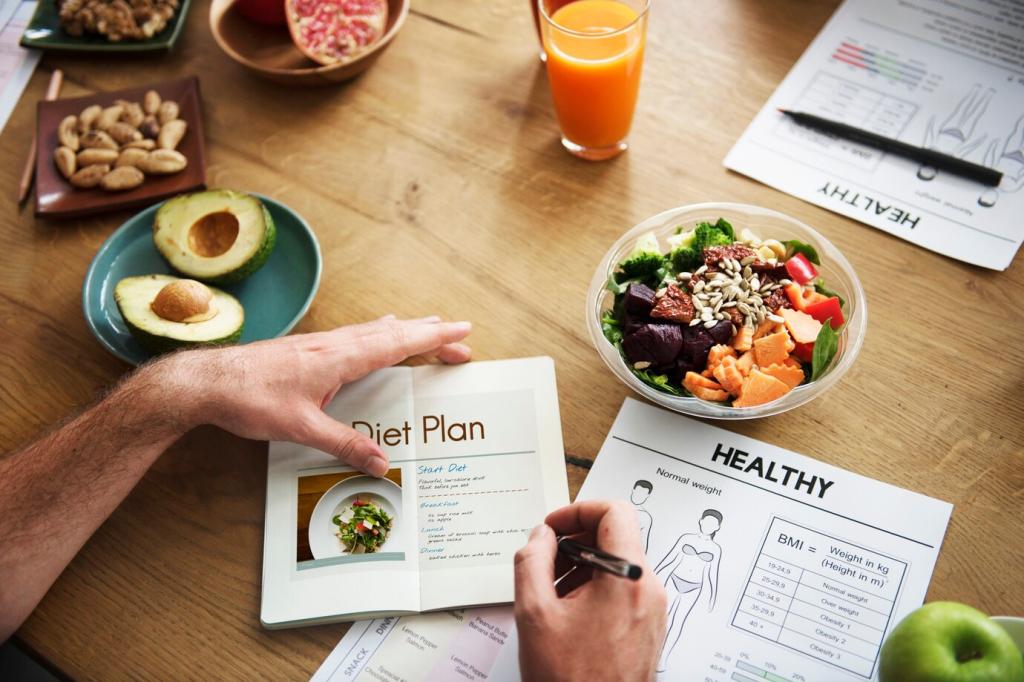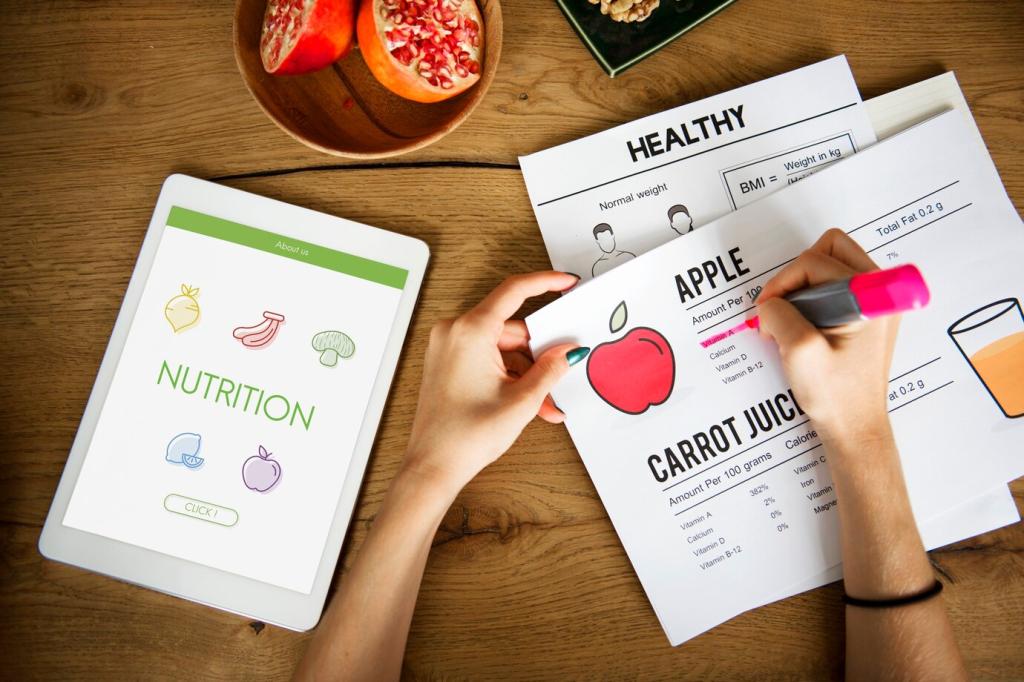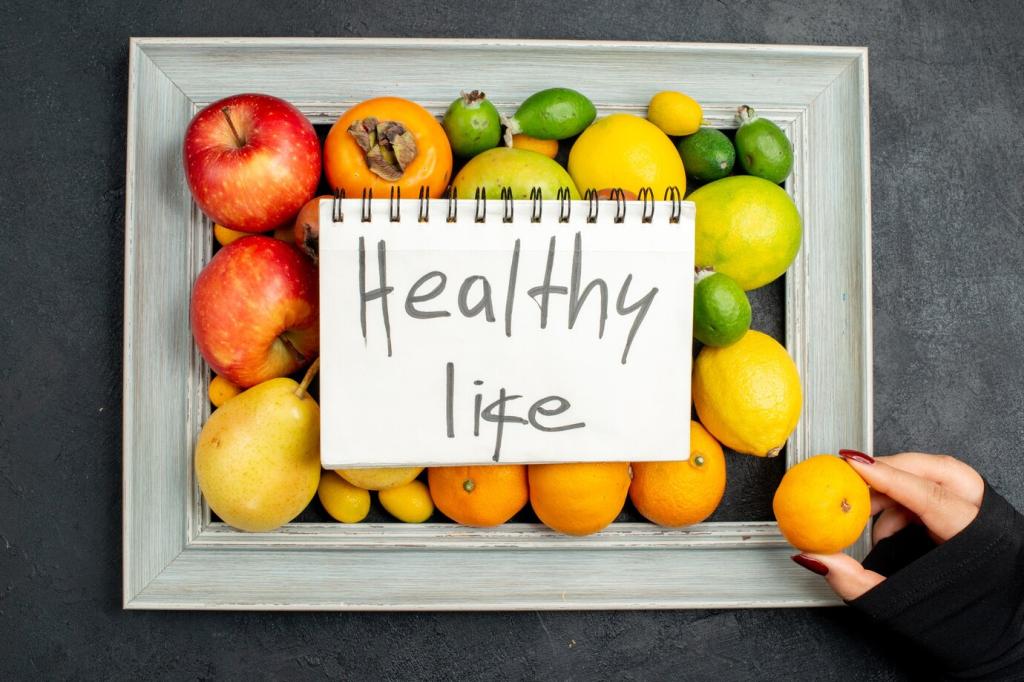Hydration Tips for Sports Success: Fuel Your Performance With Every Sip
Chosen theme: Hydration Tips for Sports Success. Every practice, race, and game is shaped by how well you hydrate. Here you’ll find practical strategies, relatable stories, and science-backed guidance to help you drink smarter, perform stronger, and recover faster. Share your questions and subscribe for weekly hydration insights tailored to real athletes.

Why Hydration Drives Sports Success
The 2% Rule, Translated to Real Training
Even a 2% drop in body weight from fluid loss can reduce power, precision, and decision-making. Imagine a late-game sprint or final rep while slightly dehydrated—coordination dips, effort feels higher, and recovery slows. Track your intake this week and tell us how perceived exertion changes; your feedback helps the community learn.
Sweat Rate 101: Personalized, Not Averaged
Weigh yourself before and after a typical session, accounting for drinks consumed. The difference equals sweat lost, guiding a personal hydration plan rather than guessing. Repeat in different weather to map trends. Comment with your numbers and conditions—hot, humid, or cool—so we can compare experiences and patterns.
Signs You’re Under-Hydrated, Before It’s Too Late
Thirst lags behind need. Early signals include dry mouth, heavier breathing at usual paces, rising heart rate, and cloudy focus. One cyclist told us his cornering confidence vanished on dehydrated days. Track these cues in your training log and share patterns; your story might help a teammate catch signs earlier.

Interval Sipping vs. Guzzling
Small, regular sips every 10–20 minutes are easier to tolerate and maintain steady fluid balance. Practice during intervals: sip on recoveries, not all at once. One marathoner shaved four minutes by switching from random gulps to timed sips. Try a schedule this week and report how your gut handled it.
Electrolyte Timing for Hot Days
In heat, sweat losses spike, especially sodium. Include electrolytes from the first half hour rather than waiting for cramps. Many athletes find slightly stronger mixes tolerable when intensity is moderate. Note taste and stomach feel during sessions, then refine. Comment with your favorite heat-day mix to help teammates experiment.
Carb-Containing Drinks for Long Efforts
For sessions over 60–90 minutes, carbohydrate-electrolyte drinks support both hydration and energy. Start modestly, then increase concentration as your gut adapts through practice. A trail runner we know trained her stomach over four weeks and now climbs stronger late. Share your ramp-up plan so others can learn from it.

This is the heading
Lorem ipsum dolor sit amet, consectetur adipiscing elit. Ut elit tellus, luctus nec ullamcorper mattis, pulvinar dapibus leo.

This is the heading
Lorem ipsum dolor sit amet, consectetur adipiscing elit. Ut elit tellus, luctus nec ullamcorper mattis, pulvinar dapibus leo.
Electrolytes Explained
Sodium drives thirst and helps your body hold water, making it crucial during long, hot, or high-sweat sessions. White streaks on clothing can hint at high sodium loss. Consider stronger mixes or saltier foods when conditions demand. Have you tested a sweat patch or lab analysis? Share your results and impressions.
Electrolytes Explained
Potassium supports muscle and nerve function, while magnesium plays roles in energy metabolism. Most balanced diets cover needs, but heavy sweaters may benefit from thoughtful inclusion. Track how you feel when adjusting electrolytes. If tweaks improved late-game sharpness, drop a comment and subscribe for our deep-dive electrolyte guide.



Endurance vs. Power Sports
Endurance athletes emphasize steady intake and carbohydrate-electrolyte support, while power athletes focus on arriving well-hydrated and avoiding mid-session sloshing. A lifter told us that timing a small electrolyte sip before heavy sets steadied his heart rate. Which discipline are you in? Comment with your best timing strategies.

Heat, Humidity, and Altitude
Heat and humidity amplify sweat and sodium loss, while altitude increases breathing-related fluid loss. Adjust volume, electrolyte strength, and pacing to match conditions. A trail group we follow weighs packs post-run to audit intake. Try a simple weigh-in protocol and share your findings to refine next week’s plan.



